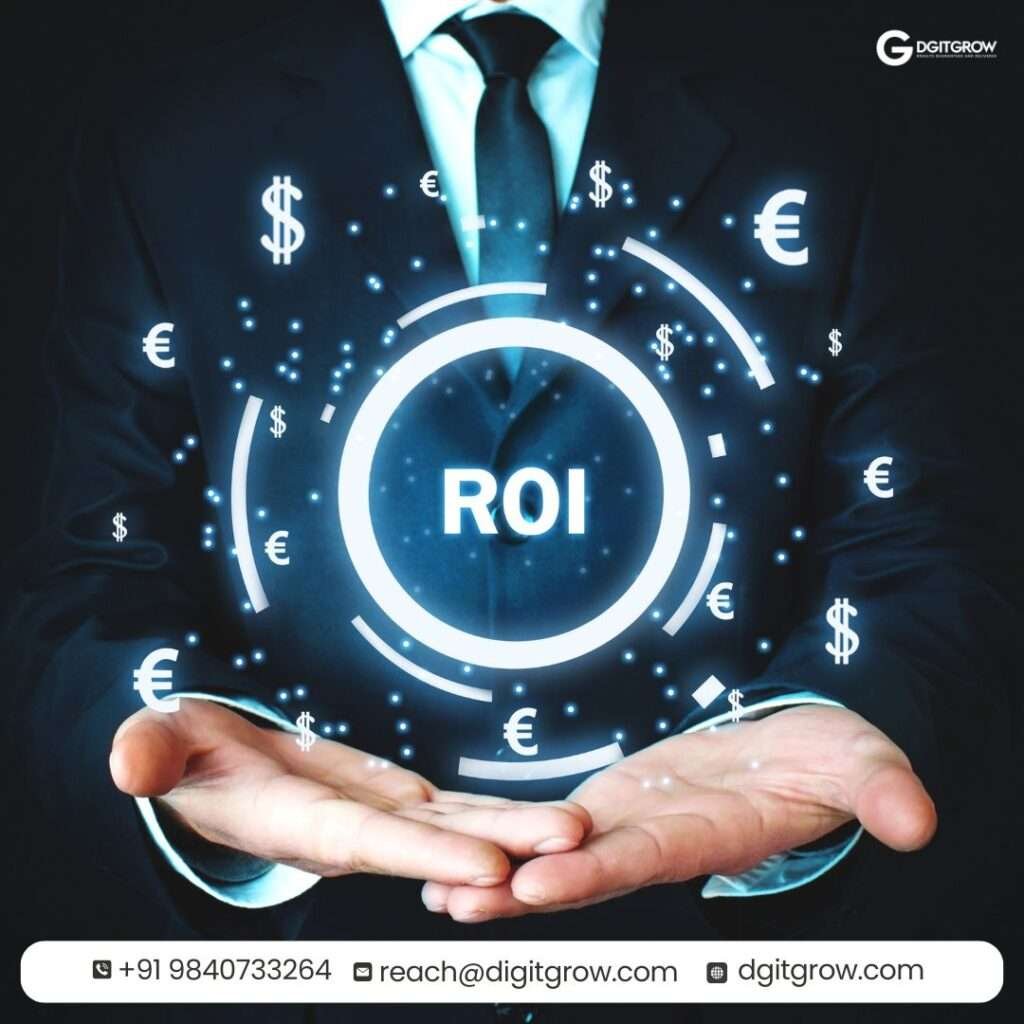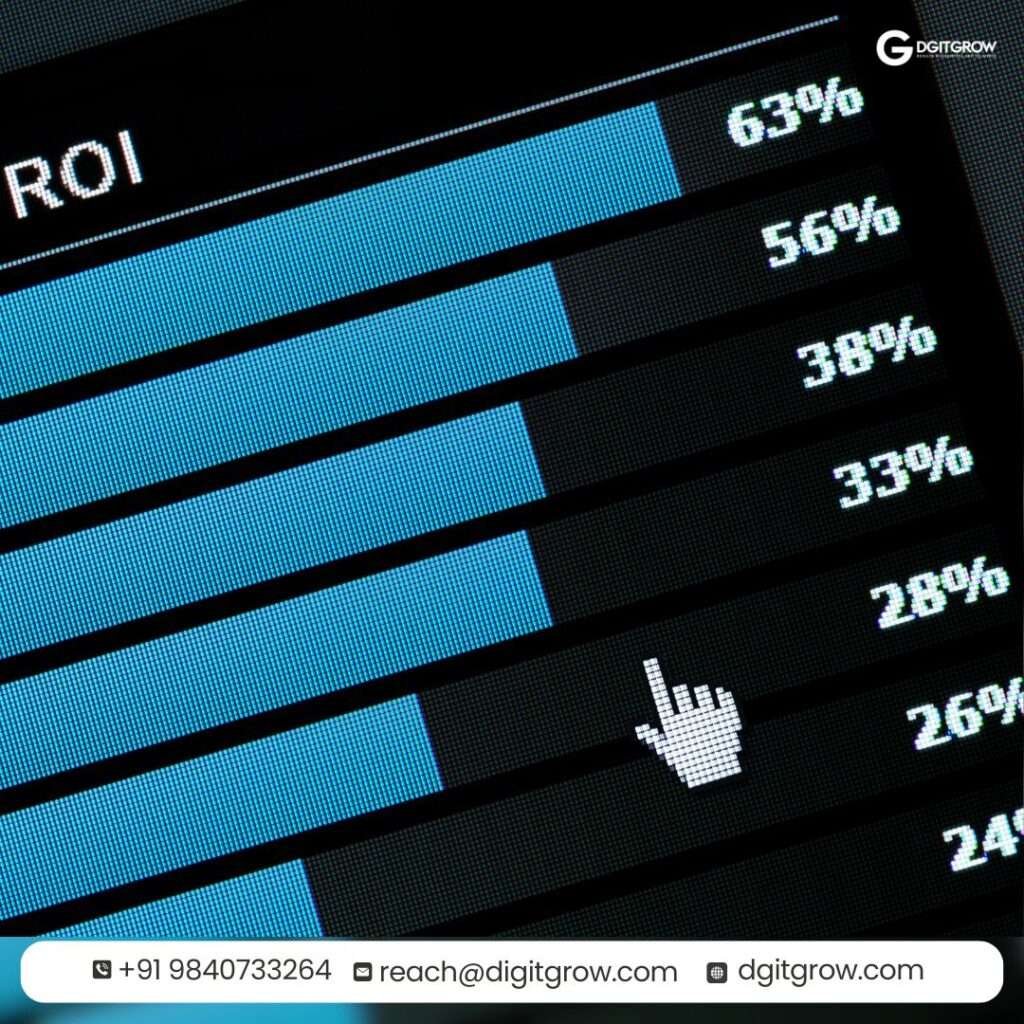
Measuring digital marketing ROI can feel overwhelming if you’re just starting out. There’s jargon, numbers, and a lot of pressure to “prove” your efforts are working. But here’s the good news: you don’t need to be a math whiz or a marketing guru to get a clear picture of what’s working and what’s not. With a little guidance and some simple formulas, anyone can start measuring digital marketing ROI—and use that insight to make smarter decisions.
Let’s break down what digital marketing ROI really means, why it matters, and how you can measure it step by step, even if you’re brand new to the world of online marketing.
What Is Digital Marketing ROI, Really?
At its core, digital marketing ROI (Return on Investment) is a way to figure out if the money you’re spending on digital marketing is actually paying off. In other words, are your campaigns bringing in more money than they cost? If the answer is yes, you’re on the right track. If not, it’s time to tweak your strategy.
The basic formula looks like this:
Digital Marketing ROI = (Net Profit / Total Digital Marketing Costs) x 100
Why Should You Care About Digital Marketing ROI?

If you’re new to digital marketing, you might wonder: “Why does ROI matter so much?” Here’s why:
- It shows what’s working: Instead of guessing, you’ll know which campaigns are actually bringing in money.
- It helps you spend smarter: By tracking ROI, you can put more budget into what works and cut what doesn’t.
- It makes you look good: Whether you’re reporting to your boss or justifying your own time, showing positive ROI proves your marketing is making a difference.
- It guides your decisions: ROI isn’t just a number—it’s a compass for your marketing strategy.
Step-by-Step: How to Measure Digital Marketing ROI

If you’re new to digital marketing, you might wonder: “Why does ROI matter so much?” Here’s why:
- It shows what’s working: Instead of guessing, you’ll know which campaigns are actually bringing in money.
- It helps you spend smarter: By tracking ROI, you can put more budget into what works and cut what doesn’t.
- It makes you look good: Whether you’re reporting to your boss or justifying your own time, showing positive ROI proves your marketing is making a difference.
- It guides your decisions: ROI isn’t just a number—it’s a compass for your marketing strategy.
1. Track Your Costs
First, add up everything you’re spending on digital marketing. This includes:
- Ad spend (Google, Facebook, Instagram, etc.)
- Software or tools (email platforms, analytics, design tools)
- Freelancers or agency fees
- Content creation costs (blog posts, videos, graphics)
- Your own time (if you want to factor it in)
Be as thorough as possible. The more accurate your cost tracking, the more meaningful your ROI calculation will be.
2. Track Your Returns
Next, figure out what you’re getting in return. This usually means revenue—how much money your campaigns brought in. Depending on your goals, it could also mean:
- Number of leads generated
- Number of new customers
- Website conversions (like sign-ups or downloads)
For most businesses, sales revenue is the clearest metric. Use your website analytics, e-commerce platform, or CRM to track purchases or conversions that resulted from your campaigns.
3. Calculate Your Net Profit
Net profit is simply your total revenue minus your total marketing costs. For example:
- Total revenue from campaign: $5,000
- Total marketing costs: $1,500
- Net profit: $5,000 – $1,500 = $3,500
Key Metrics to Watch (Even If You’re New)
While ROI gives you the big picture, tracking a few other metrics can help you understand what’s driving your results:
- Cost Per Lead (CPL): How much you spend to get each new lead. Lower is better.
- Lead Close Rate: The percentage of leads that become paying customers.
- Customer Acquisition Cost (CAC): Total cost to acquire a new customer.
- Customer Lifetime Value (LTV): How much a customer is worth over their entire relationship with your business.
- Conversion Rate: The percentage of people who take the action you want (buy, sign up, etc.) after clicking your ad or visiting your site.
Tracking these alongside your ROI helps you spot where you can improve—whether that’s getting more leads, closing more sales, or lowering your costs.
Tools That Make Measuring ROI Easier
You don’t have to do all this with a calculator and a spreadsheet. There are plenty of free and paid tools that can help:
- Google Analytics: Track website traffic, conversions, and revenue.
- Facebook Ads Manager/Google Ads: Both platforms show cost, clicks, conversions, and revenue.
- CRM software: Helps track leads, sales, and customer value.
- Marketing dashboards: Tools like HubSpot, Mailchimp, or even Google Data Studio can visualize your ROI in real time.
Even if you’re just starting out, using these tools will save you time and give you more accurate numbers.
What’s a “Good” Digital Marketing ROI?
There’s no magic number, but many marketers aim for a 5:1 ratio—meaning $5 earned for every $1 spent. Anything above that is excellent, but even a 2:1 or 3:1 ratio can be good, depending on your industry and goals. The key is to set realistic and effective marketing targets and keep improving over time.
Tips for Improving Your Digital Marketing ROI
- Test and tweak: Try different ads, landing pages, or offers to see what works best.
- Focus on high-performing channels: Double down on the platforms that bring in the most revenue.
- Nurture your leads: Use email marketing and retargeting to turn prospects into customers.
- Keep learning: Digital marketing changes fast. Stay curious and keep experimenting.
Final Thoughts
Measuring digital marketing ROI doesn’t have to be intimidating. Start simple: track your costs, track your returns, and use the basic formula to see where you stand. As you get more comfortable, dig deeper into the metrics that matter most for your business.
Remember, the goal isn’t just to spend money on marketing—it’s to invest it wisely and see a measurable return. With a little practice and the right mindset, you’ll be able to confidently measure and improve your digital marketing ROI, making every dollar count as you grow your business.
Boost your business with DGITGROW – the leading digital marketing agency in Chennai. Call 9840733264 today to maximize your ROI with data-driven strategies.
Don’t forget to check our GMB profile for client reviews and success stories.
